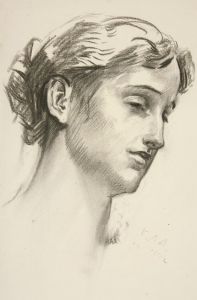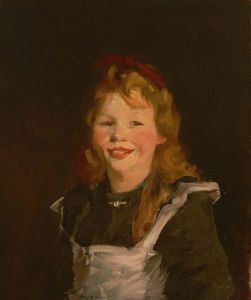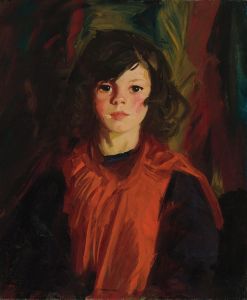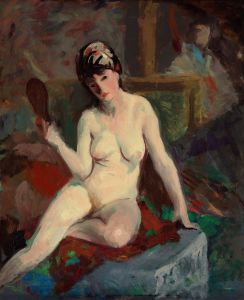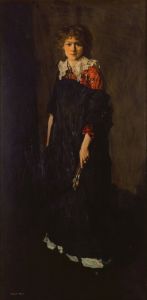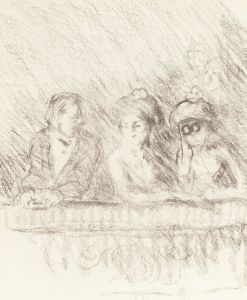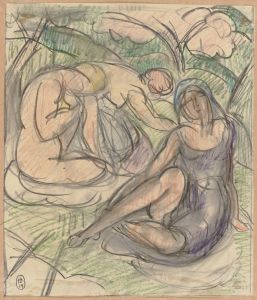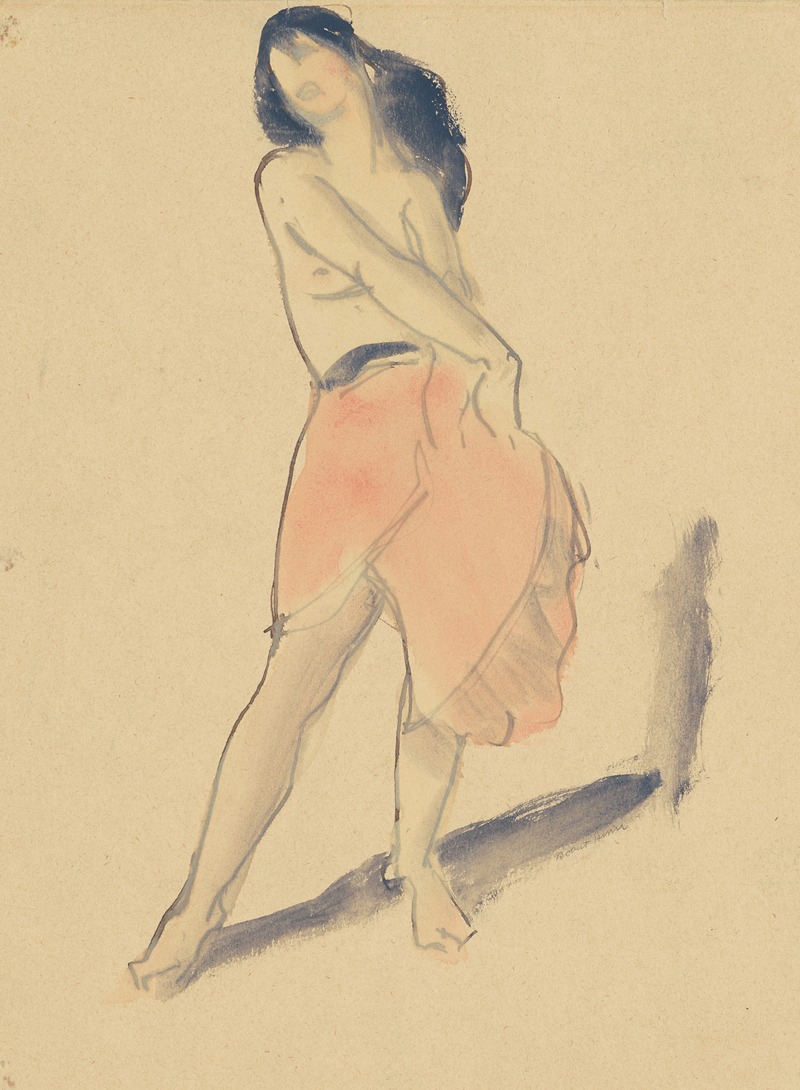
Dancer in a Red Skirt, No. 2
A hand-painted replica of Robert Henri’s masterpiece Dancer in a Red Skirt, No. 2, meticulously crafted by professional artists to capture the true essence of the original. Each piece is created with museum-quality canvas and rare mineral pigments, carefully painted by experienced artists with delicate brushstrokes and rich, layered colors to perfectly recreate the texture of the original artwork. Unlike machine-printed reproductions, this hand-painted version brings the painting to life, infused with the artist’s emotions and skill in every stroke. Whether for personal collection or home decoration, it instantly elevates the artistic atmosphere of any space.
"Dancer in a Red Skirt, No. 2" is a painting by the American artist Robert Henri, a prominent figure in the Ashcan School of American art. Created in 1912, this work exemplifies Henri's interest in capturing the vitality and spirit of his subjects, often focusing on everyday people and scenes.
Robert Henri was born Robert Henry Cozad in 1865 in Cincinnati, Ohio. He later changed his name after his family was involved in a controversial incident, and he eventually became a leading figure in the American art scene. Henri studied at the Pennsylvania Academy of the Fine Arts and later at the Académie Julian in Paris, where he was influenced by the European avant-garde movements. Upon returning to the United States, Henri became a central figure in the Ashcan School, a movement known for its realistic and unidealized depictions of urban life.
"Dancer in a Red Skirt, No. 2" is part of a series of works where Henri explored the theme of dance and movement. The painting features a female dancer captured in a moment of dynamic motion, her red skirt swirling around her. The use of vibrant color and expressive brushwork is characteristic of Henri's style, reflecting his belief in the power of art to convey emotion and energy.
Henri was known for his portraits and his ability to capture the essence of his subjects. In "Dancer in a Red Skirt, No. 2," he uses bold colors and loose brushstrokes to convey the dancer's vitality and the fluidity of her movements. The red skirt is a focal point of the composition, drawing the viewer's eye and emphasizing the dancer's grace and dynamism.
Throughout his career, Henri was an influential teacher and mentor to many young artists. He taught at the Art Students League of New York and was known for his progressive ideas about art and education. Henri encouraged his students to seek inspiration from their surroundings and to depict life as they saw it, rather than adhering to traditional academic standards.
Henri's work, including "Dancer in a Red Skirt, No. 2," reflects his belief in the importance of individuality and personal expression in art. He was a proponent of the idea that art should be accessible to everyone and that it should reflect the diversity and complexity of human experience.
Today, Robert Henri is remembered as a key figure in American art history, and his works are held in major collections across the United States. "Dancer in a Red Skirt, No. 2" remains an important example of his contribution to the Ashcan School and his dedication to portraying the vibrancy of life through art.






